6. Be Active, Feel Better
Exercise improves our mood, boosts brain power, lowers cholesterol, and keeps our hearts pumping healthily. Being active can reduce stress, fight diseases, and increase our lifespan. Regular physical activity even can decrease (and possibly prevent) chronic pain. Not bad for something we can do anytime, anywhere.
The Department of Health and Human Sciences recommends that we get at least 150 minutes of moderate aerobic activity or 75 minutes of vigorous aerobic activity every week (or a combination of moderate and vigorous activity). For some of us, that means a 30-minute daily walk five times a week could get the job done. Doing so outside scores you extra points as breathing in fresh air has been proven to increase concentration, lower blood pressure, decrease stress, and boost immunity.
Exercise is unlikely to worsen chronic pain. In 2017, Cochrane Review found that exercising relieved pain without causing additional harm. Another 2017 study in the journal Pain found that physically active older adults were better able to block the perception of pain.
The benefits don’t stop there. Exercise also successfully treats certain underlying causes of pain, including:
- Arthritis. A 12-week program of strengthening exercises relieved pain and improved physical function (Osteoarthritis and Cartilage, 2018).
- Fibromyalgia. “Physical activity has been shown to be a valuable fibromyalgia treatment, but activities must be chosen carefully and started at a low level. In some cases, people with fibromyalgia are given the drug pyridostigmine prior to exercise to help reduce pain” (Arthritis Foundation, 2018).
- Low back pain. Exercise alone reduced the risk of back pain by 33 percent. Combining movement with education lowered the risk by 27 percent (American Journal of Epidemiology, 2017).
- Irritable bowel syndrome. People who participate in physical activity have fewer irritable-bowel symptoms (American Journal of Gastroenterology, 2011).
- Osteoporosis. Certain types of exercise may strengthen muscles and bones, while others improve balance and lessen the risk of falls (Cleveland Clinic, 2018).
- Cancer pain. Studies show that exercise can improve an individual’s chances of surviving cancer. Performing consistent physical exercise decreases fatigue and improves the ability to perform normal daily activities. Therefore, it’s recommended for cancer survivors and those who are in treatment for the disease (American Cancer Society, 2018).
Getting Started
Follow these guidelines before starting a new program:
- Talk with your doctor before you begin to ensure you’re healthy to jump right in.
- Start slowly and gradually increase your efforts.
- Move at your own pace.
- Work toward a balance of strength, cardiovascular, flexibility, and balance exercises.
- Don’t overdo it.
- Exercise every day, if possible, but vary the exercises daily.
Nothing Beats Walking
A practical and effective form of exercise, walking is good for the mind and soul. Plus, it’s free, easy, and doesn’t require a special location.
Lace up a comfy pair of shoes and start slowly, walking at a leisurely pace for a short distance (even as quick as a trip to the mailbox and back or up and down the hallway). Slowly increase your speed until you’ve reached your version of a moderate or brisk pace.
If you’re finding the mailbox-and-back trip is becoming too easy, try adding five or 10 minutes to your journey. Your goal is neither speed nor distance; it’s movement. And the more you move, the less pain you’ll feel.
Check out our “Easy Walking Plan for Beginners” for a modified, seven-week program from the American College of Cardiology. If this seems ambitious, change the rules according to how you feel. Stay with the Week 1 program as long as you like or break your walks into five- or 10-minute sessions, two or three times during the day. It doesn’t have to be a single exercise session.
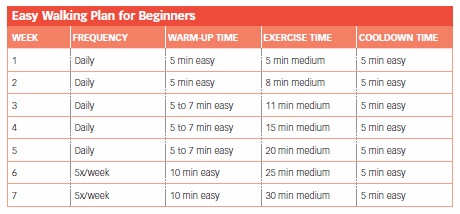

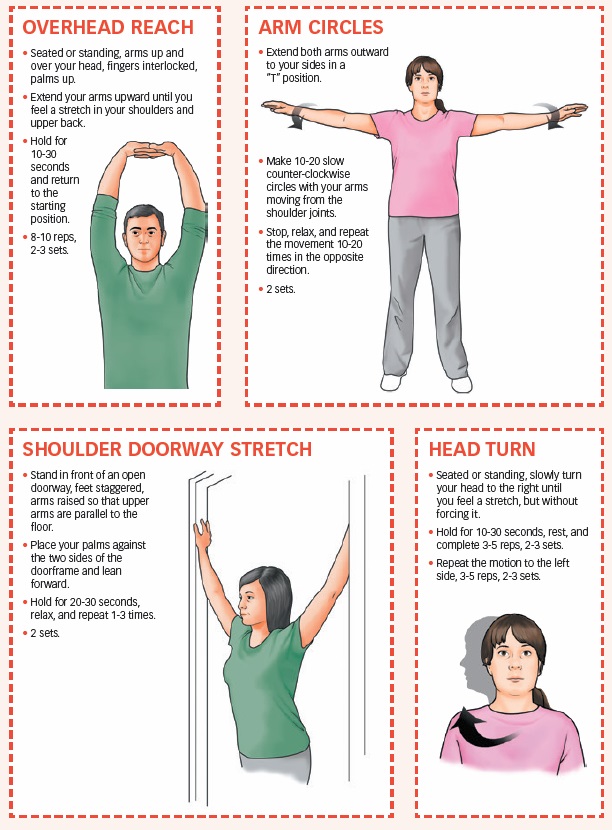
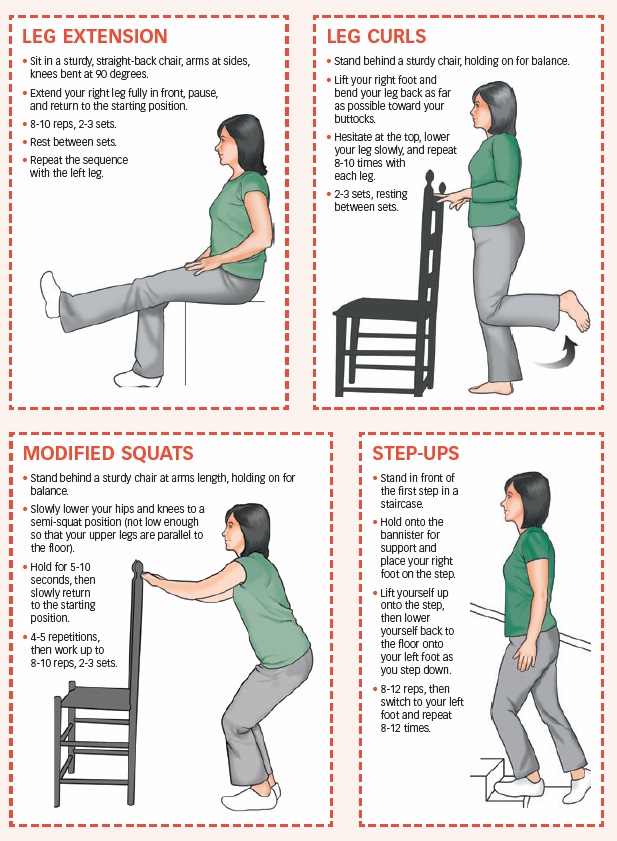
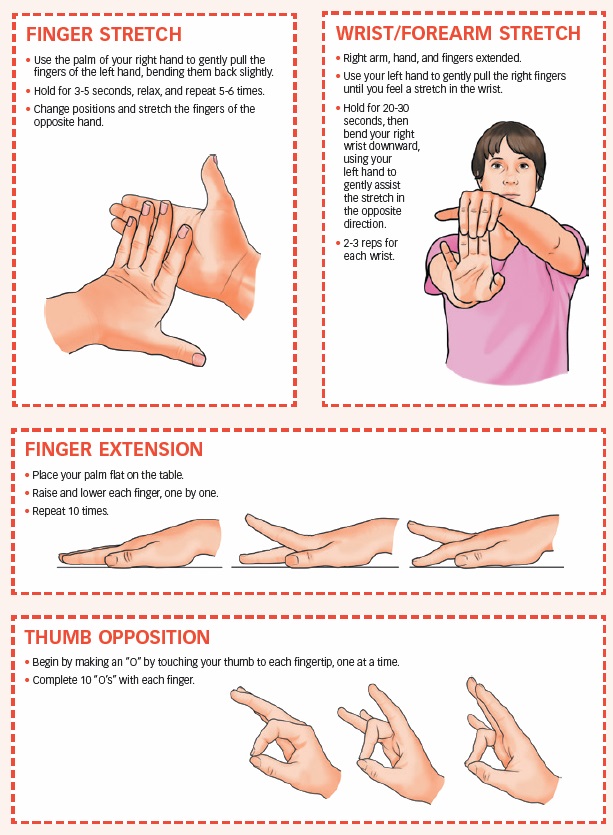
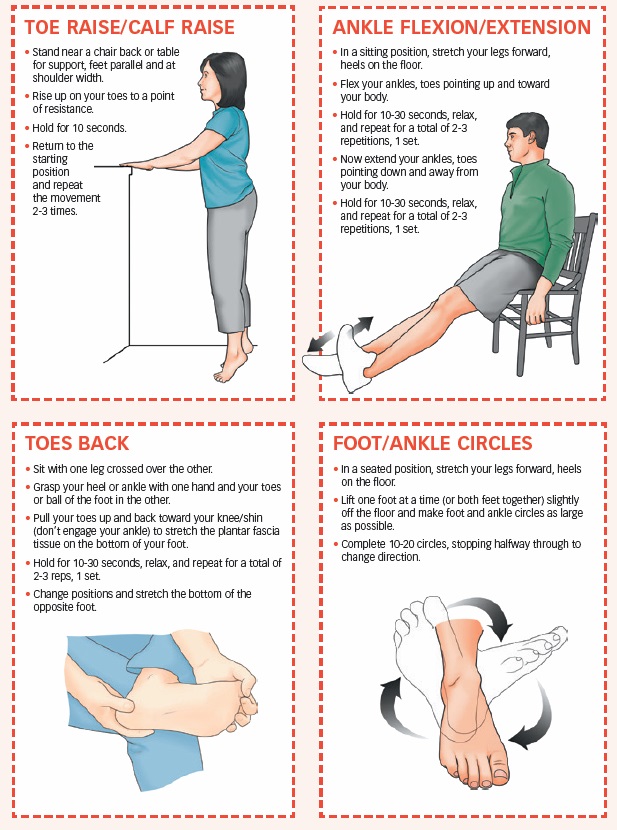
The post 6. Be Active, Feel Better appeared first on University Health News.

